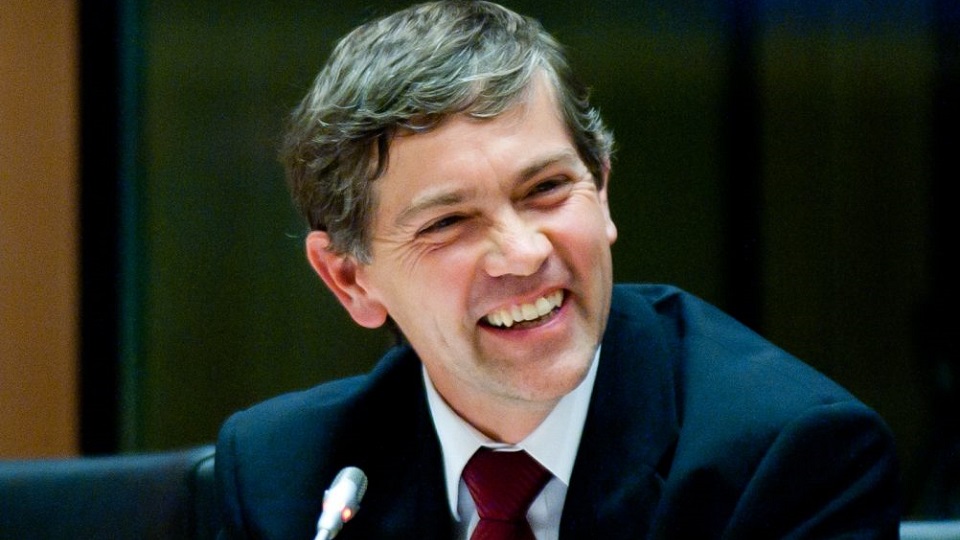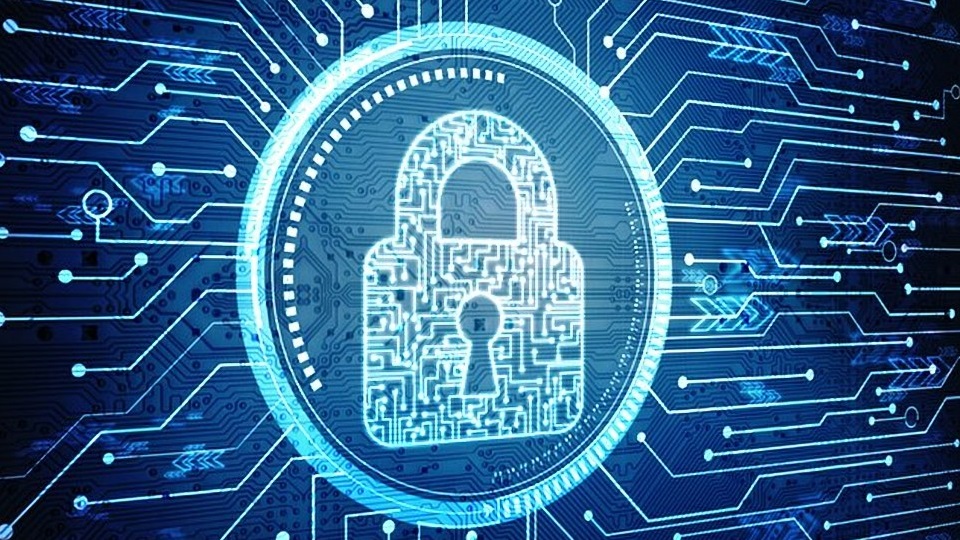‘European railways have no future without cost-effective digitalisation’

New challenges require from the rail sector to keep pace with the times and move towards digitalisation. What should the process include? At the Intelligent Rail Summit 2019 Libor Lochman, Executive Director of the Community of European Railway and Infrastructure Companies (CER), will specify the policy priorities in rail digitalisation. RailTech asked him to share some thoughts about the theme before the event.
How do you think the European railways are ready for digitalisation?
EU Railways are already well engaged in the digitalisation of the rail sector, in fact, both Infrastructure Managers and Train Operators are gradually deploying high performing computers and strengthening the telecommunication infrastructures (today based on the GSM-R standard, going toward the Future Railway Mobile Communication System / FRMCS), to allow more efficient use of infrastructure capacity, improve reliability and punctuality, maximise safety and make the best use of their assets.
The progressive introduction of ERTMS (the standard European Rail Traffic Management System), based on radio communication (Level 2/3), is well known, but in fact, digitalisation is a cornerstone for the development of the whole railway sector.
What developments in rail digitalisation can you highlight?
Amongst main developments going to be made possible by digitalisation we can mention:
· enhancing customer care and offering the passengers a performant data connection & internet access, also when running at 350 kilometres per hour, the new commercial speed limit for high-speed services. We call it the “Gigabit train” because we estimate at 1 gigabyte per second the typical traffic demand that a train with 1,000 passengers will need in 2030.
· shaping and sustaining shared mobility and better integration of the different passenger’s transport modes;
· seamless and paperless logistics chain for freight transport; optimisation of train capacity and the traffic flows in a different mix of freight services (full trainload, single wagonload, lorries on board…)
· “Digital Freight Trains”: gathering information on the status of goods and train itself (Temperature, Shocks, Security alerts…); sharing them onboard & with trackside control centres
· Automation of driving (Automatic Train Operation over ETCS) and control of traffic flow in the big nodes/hubs
· “Predictive maintenance of infrastructure” tackling the challenge of infrastructure managers’ cost reductions, it will rely on the digitalisation of control, supervision and management of infrastructure components (switch points, level crossings, train detection systems…) via a large scale adoption of remote wireless connected sensors (IoT) for detecting temperatures, pressures, vibrations, security alerts in critical points and in real-time, automatic collection and organization of all those trackside sensors’ data, immediate analysis by automatic systems based on Artificial Intelligence.
Text continues below the picture.

CER Executive Director Libor Lochman, source: CER.
In February CER adopted the policy priorities for 2019-2024, among them is digitalisation. Why did the organisation define digitalisation as a priority?
We consider Further Digitalisation of rail sector among the enablers of the Vision 2019-2024. In fact, we need to change the way railway services are performing, are offered and marketed. New digital support and digital integrated solutions will let railways to provide better services, make a commercial offer more visible and attract new customers.
What the moves will CER do in order to implement the digitalisation priority?
In line with our mission, CER will continue to collaborate with EU institutions, heavily promoting the interest of the rail sector and its customers. In particular, we will:
- sustain the development of EU wide initiatives looking for Sustainable financing models for railways (CEF, CEF-Blending, Green Funding)
- monitor the interoperability of new installation projects and products put on the market across the entire EU rail system
- strengthen the collaboration with EC and the sector for the smooth introduction of new 5G Digital Infrastructure. Following the EC Digital Agenda, three “Digital Work-Streams” have been created and are now in full activity, respectively: “5G Connectivity and Spectrum”- led by CER/EIM; “Cybersecurity”-led by UNISIG and “Blockchain and HPC”-led by Shift2Rail.
Text continues below the picture.

Cybersecurity, source: ENIFA.
What obstacles can you identify for the rail digitalisation?
The financial sustainability of the railway digitalization overall does require highly standardised, cost-effective approaches and a suitable EU legal framework.
A right balance between the regulated mandatory requirements that should enable interoperability within the railway sector, as well as with other transport modes and the freedom of the transport businesses appears an essential condition to make the best use of ICT technology, with particular reference to the coming 5G communication.
On the technical side, the Cybersecurity threats are at the moment the most critical issue, needing a clear answer from the Supply Industry and concrete technical proposals, able to guarantee the e-business and e-management of the rail sector in a more and more connected ecosystem, based on the internet standard TCP/IP protocol, with plenty of possible entry points for hackers (or even terrorists?).
Will the European railways have a future without digitalisation?
Easy answer: NO, nobody can rationally look at the future of Railways without a sound and cost-effective digitalisation of the rail-system overall.
Establishing a digital ICT network as the backbone of a seamless and integrated transport system (modal integration, linking city centres with peripherals, optimising rail operation and maintenance) is one of the most important challenges railways are facing nowadays. A sine qua non rail future!
Libor Lochman will deliver a presentation on the policy priorities in rail digitalisation at the Intelligent Rail Summit 2019. The programme is available on the event website.




